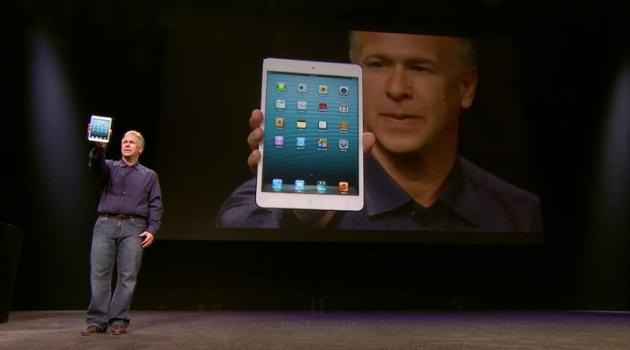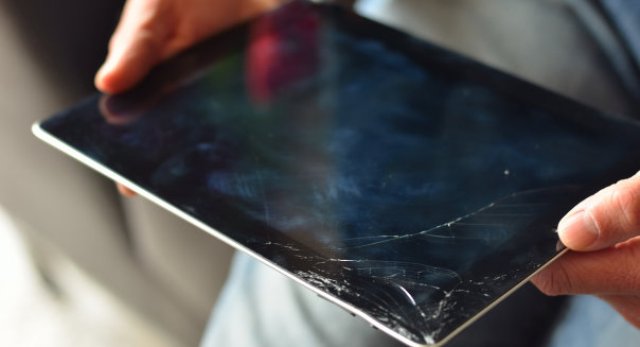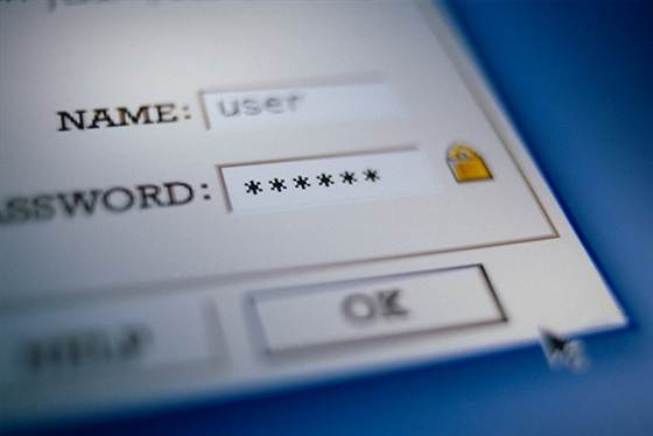 Let's get this straight: No matter what apple announces Tuesday, if you've bought Apple devices before, you're going to buy this one, too.
Let's get this straight: No matter what apple announces Tuesday, if you've bought Apple devices before, you're going to buy this one, too.
That choir of the converted, though, isn't enough for Apple anymore. As Business Insider's Jay Yarow points out, Apple's iPad sales have been consistently falling for several quarters, and growth has been slowing for years.
But you're still going to buy this new thing.
Why? Because you don't really have a choice.
Apple Unveils Have Become Ho-Hum Events
My household is an Apple family. Scattered throughout the house we have a handful of iPods of various vintages, five iPhones, five Macs and even an Apple TV. At one time we were an Apple family because Apple made dramatically better devices.
Not anymore.
As various media outlets try to guess what Apple will reveal next, it's telling that the most exciting thing anyone can come up with is fingerprint security and a new Retina display for the iPad Mini 2.
Actually, that's not quite true. The UK's Daily Telegraph also suggests one thing that actually would be exciting: a lower price. As I've argued before, Apple is propping up profits but losing market share with its premium pricing strategy. Given that platforms like iOS depend upon market share to attract developers, over the long term, Apple risks losing its App Store advantage as developers look to build on bigger platforms.
Let's Revisit The App Store Lock-In
Indeed, it's the App Store that keeps us firmly rooted in Apple's no-longer-magical kingdom. We have a host of apps, music and movies that we've built up through Apple's iTunes Store and the App Store. We have little interest in replicating it on another platform. This is the “app-level lock-in” I wrote about in 2011, and it's even more potent today.
Due to this inherent app lock-in, Apple device buyers also much more likely to buy apps, with a 30% cut going to Apple, and to spend around $40 per year on iTunes media purchases, as Asymco notes. This is why Apple's market share today will still be worth billions tomorrow, even as its share of the device market slides.
But it's also why the top feature Apple could introduce is a lower-cost iPad.
Yes, that's what the $349 Mini was supposed to do, and it helped. But it simply entered a crowded field of “mini” competitors, all of which have since improved their game. A better screen resolution and fingerprint security simply aren't going to be hugely compelling “must buy” features.
Read more: Why You're Still Going To Buy Apple's Ho-Hum iPad Upgrade




